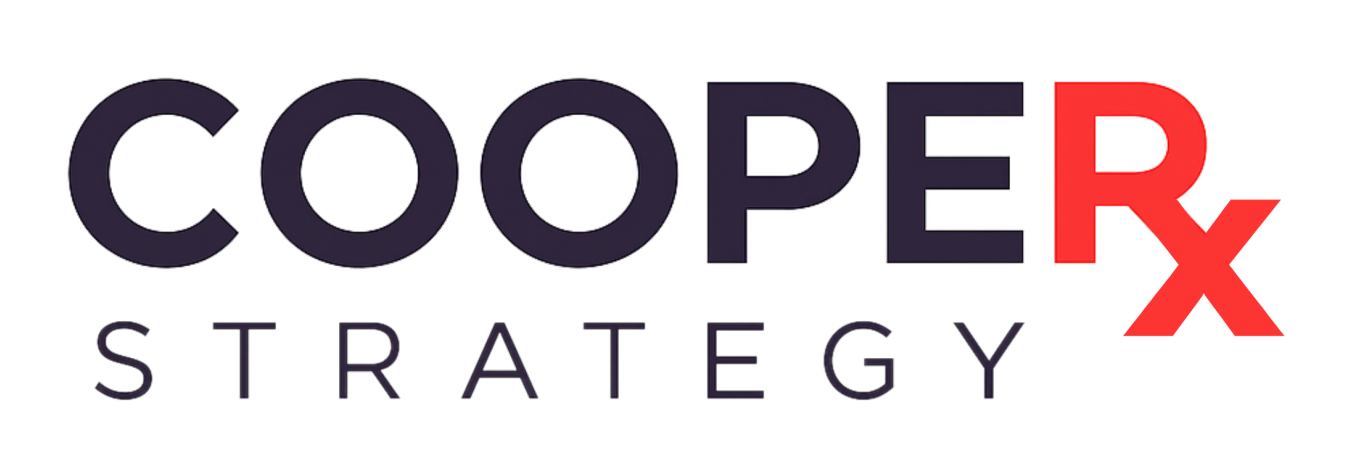The 340B Drug Pricing Program has become a cornerstone of American healthcare. By requiring pharmaceutical manufacturers to provide outpatient drugs at reduced prices to eligible providers, it helps safety-net hospitals, health centers, and clinics stretch scarce resources. Those savings are reinvested directly into patient care, improving access for vulnerable populations.
Yet as the program has grown, so too has the complexity — and the scrutiny. Government leaders and policymakers are increasingly called upon to evaluate the effectiveness of 340B, ensure compliance, and protect its mission. Their role is vital in maintaining both the integrity and sustainability of this life-changing program.
The Stakes Are High
For many communities, 340B is the difference between accessible healthcare and widening inequities. Hospitals and health centers use program savings to:
- Expand uncompensated care services.
- Fund behavioral health, substance use, and chronic disease management programs.
- Improve access to specialty medications for conditions like cancer or HIV.
- Support outreach programs in rural and underserved communities.
When 340B works, entire regions benefit. When it falters, the most vulnerable patients are the ones who pay the price. That’s why the role of government oversight cannot be overstated.
Challenges Policymakers Must Address
Policymakers face unique challenges in safeguarding 340B:
- Ambiguity in Program Rules – HRSA guidance leaves “gray areas” that lead to inconsistent interpretations, particularly around referrals and patient eligibility.
- Audit Pressures – HRSA and manufacturer audits put constant pressure on covered entities. Policymakers must weigh accountability against the risk of creating undue administrative burden.
- Stakeholder Tensions – Manufacturers, covered entities, pharmacies, and patients each have competing interests. Balancing these perspectives requires both diplomacy and data.
- Program Integrity – Ensuring the savings from 340B flow directly into patient care remains a key priority for policymakers committed to the program’s original intent.
The Need for Transparency
One of the loudest calls from government officials is for greater transparency. Covered entities need access to their own data, patients need assurance of fair access, and manufacturers need confidence in compliance.
Organizations like Cooper Strategy help fill this gap by providing:
- Real-time reporting tools that track prescription eligibility.
- Standardized documentation that makes audits more straightforward.
- Data dashboards that highlight both financial and patient impact.
When policymakers see reliable, transparent data, it becomes easier to evaluate outcomes, justify program continuation, and advocate for improvements.
Case Study: Strengthening Oversight Through Data
A state health department recently partnered with Cooper Strategy to review how local health centers were managing 340B referral capture. Initial findings showed documentation inconsistencies that could have led to audit findings.
By introducing standardized policies, real-time data monitoring, and training sessions for staff, the state was able to demonstrate to federal reviewers that corrective actions were in place. The result? Stronger compliance, improved confidence from regulators, and an additional $2 million in retained savings that went back into community health programs.
This example illustrates how data-driven oversight can protect the program without stifling its benefits.
Collaboration Is the Path Forward
The future of 340B depends on collaboration between all stakeholders: government, providers, pharmacies, and manufacturers. Policymakers have the unique ability to convene these groups, align expectations, and chart a course that preserves the program’s mission.
Key strategies include:
- Encouraging transparent reporting requirements.
- Supporting technical assistance for covered entities.
- Advocating for patient-centered reforms that maintain broad access.
- Partnering with technology and compliance experts to identify best practices.
Looking Ahead
With healthcare costs continuing to rise and disparities persisting across communities, the need for 340B has never been greater. Policymakers must ensure that the program remains strong, compliant, and focused on the patients it was designed to serve.
By leaning on data, fostering collaboration, and addressing regulatory gaps, government leaders can protect 340B from erosion and guarantee its benefits for decades to come.
Final Thoughts
340B is more than a funding mechanism — it’s a public health safety net. For policymakers, the responsibility is clear: safeguard the program’s integrity, support covered entities in their compliance efforts, and keep the focus squarely on patients.
At Cooper Strategy, we stand ready to support government leaders with the insights, data, and strategies they need to make informed decisions. Together, we can ensure that 340B continues to reduce inequities, strengthen providers, and deliver better health outcomes across the country.
Because when policymakers strengthen 340B, they strengthen communities.
